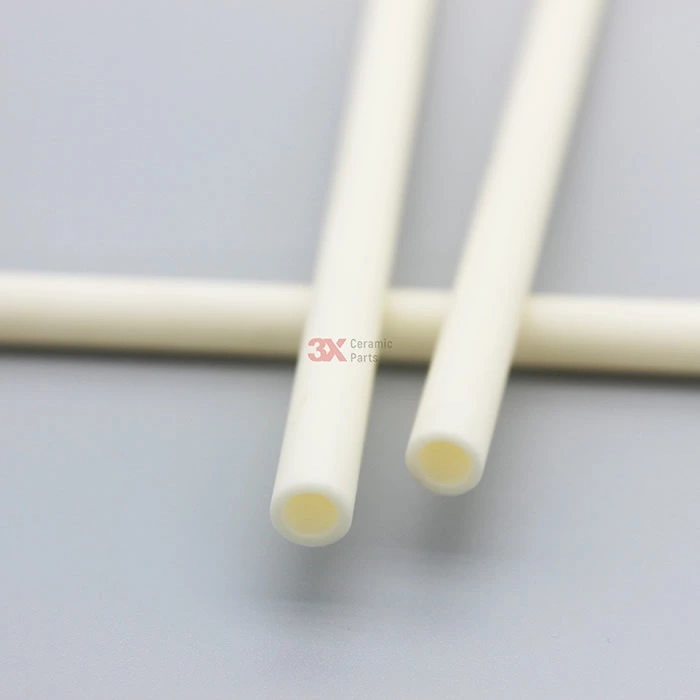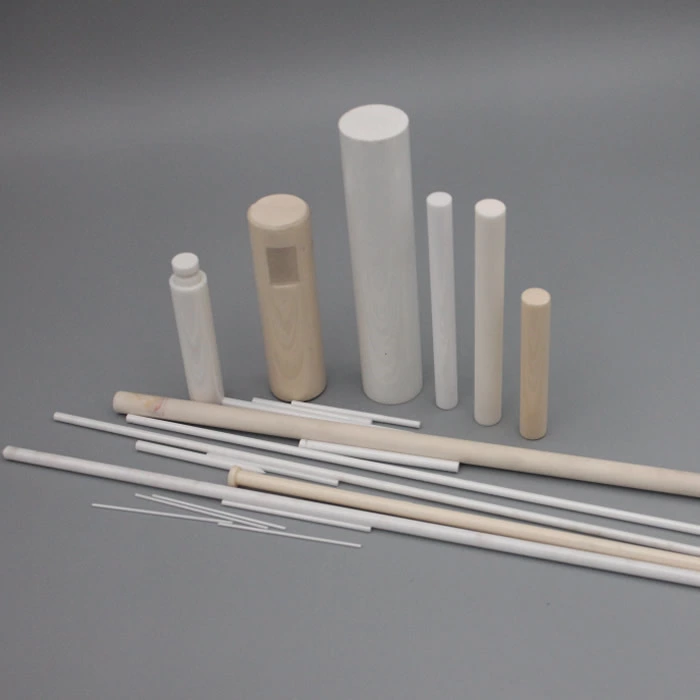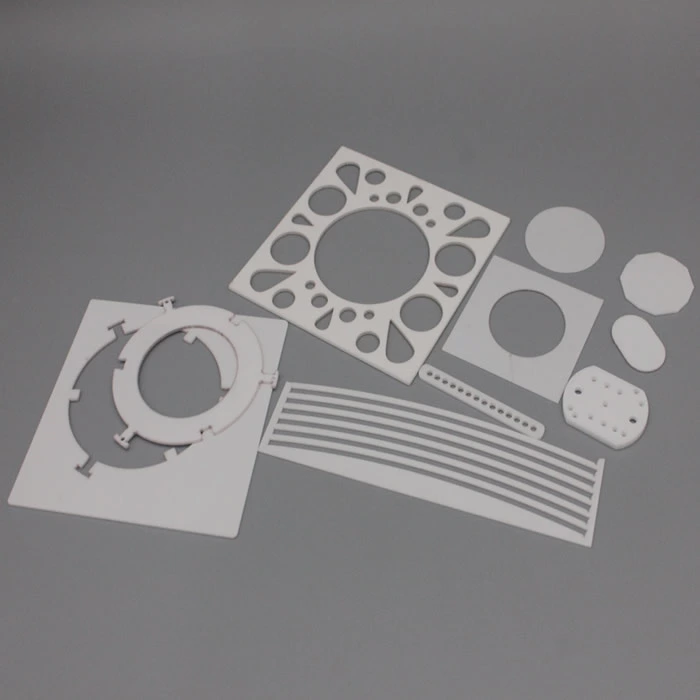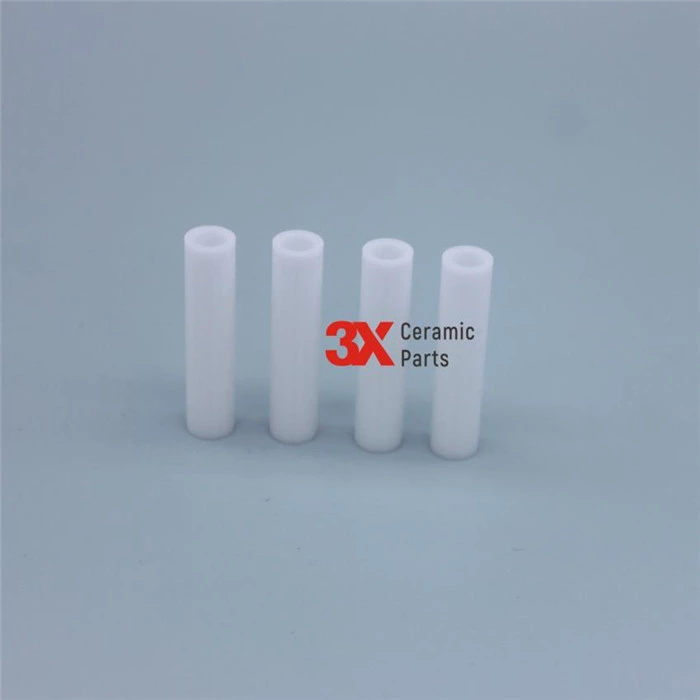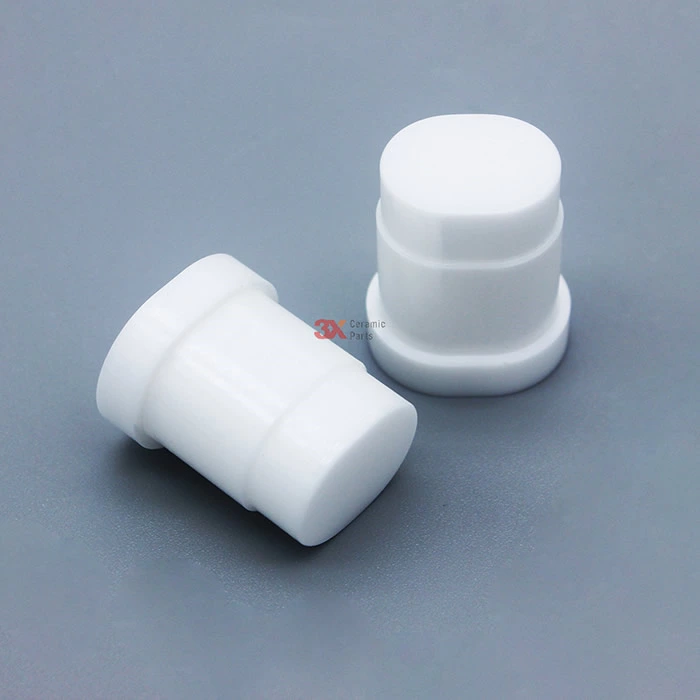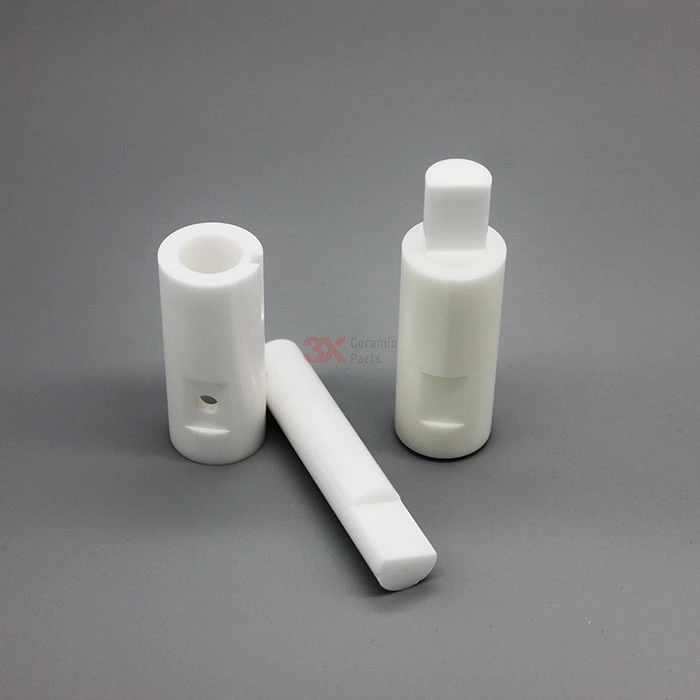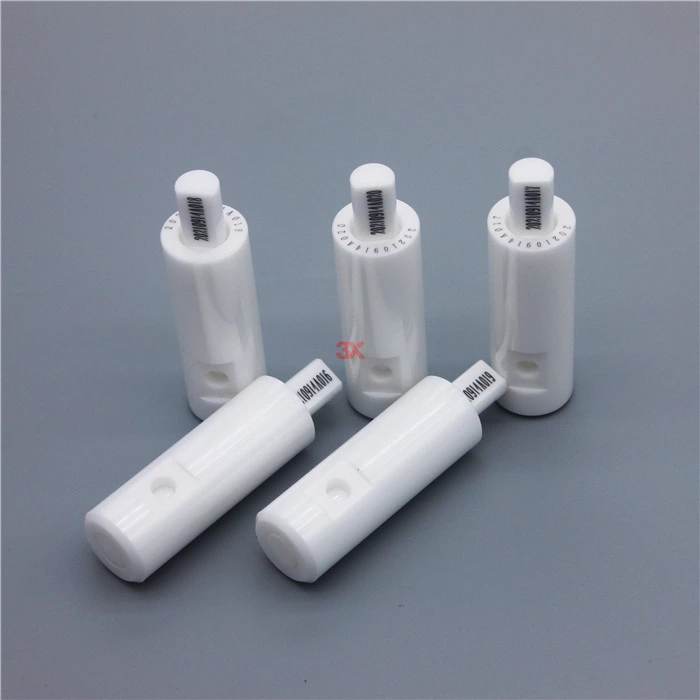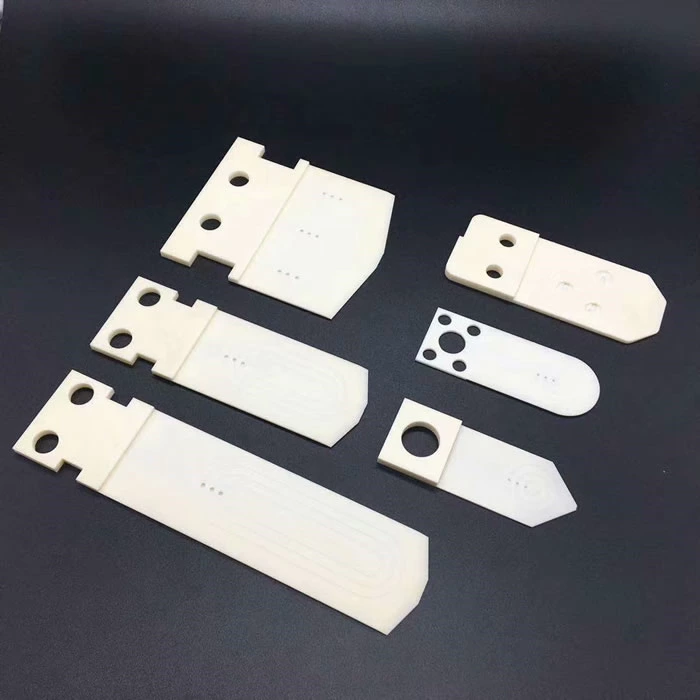The Processing Methods of Ceramic Injection Molding (CIM)
Ceramic Injection Molding (CIM): A Comprehensive Overview of Processing Methods
Introduction
Ceramic injection molding (CIM) is an advanced manufacturing technique that combines the design flexibility of plastic injection molding with the superior properties of ceramics. It enables the mass production of complex-shaped, high-precision ceramic components used in industries such as electronics, medical devices, automotive, and industrial machinery.
Processing Steps in Ceramic Injection Molding
1. Feedstock Preparation
-
Ceramic Powder: Fine, high-purity powders (e.g., Al₂O₃, ZrO₂, Si₃N₄, SiC) with particle sizes typically <1 μm are used.
-
Binder System: A mixture of thermoplastic polymers (e.g., wax, polyethylene), plasticizers, and dispersants (30–50 vol%) ensures flowability during molding.
-
Mixing: The ceramic powder and binder are homogenized in a shear mixer or kneader to form a uniform feedstock.
2. Injection Molding
-
The feedstock is heated (150–200°C) and injected into a mold under high pressure to form a "green part."
-
Mold design must account for significant shrinkage (~15–20%) during sintering.
3. Debinding
-
Thermal Debinding: Slow heating (200–400°C) removes most organic binders.
-
Solvent Debinding: Partial binder extraction using solvents (e.g., acetone, heptane).
-
Catalytic Debinding: Nitric acid vapor degrades binders in some systems.
-
Critical Consideration: Slow debinding prevents cracking or distortion.
4. Sintering
-
High-temperature firing (1200–1600°C, depending on material) densifies the ceramic.
-
Controlled atmosphere (e.g., N₂ for Si₃N₄) or pressure-assisted sintering (HIP) may be required.
Comparison with Other Ceramic Manufacturing Methods
| Method | Advantages | Limitations |
|---|---|---|
| Dry Pressing | Low cost, high volume | Limited to simple shapes |
| Isostatic Pressing | High density, uniform structure | Expensive tooling |
| Tape Casting | Thin films (e.g., capacitors) | Restricted to 2D geometries |
| 3D Printing | Complex, customized parts | Lower precision, requires sintering |
Applications
-
Electronics: IC substrates, sensor housings (Al₂O₃).
-
Medical: Dental implants, surgical tools (ZrO₂).
-
Industrial: Wear-resistant nozzles, cutting tools (Si₃N₄/SiC).
-
Automotive: Turbocharger rotors, oxygen sensors.
Challenges and Future Trends
-
Defect Control: Cracks, voids, and warpage during debinding/sintering.
-
Cost Efficiency: High tooling and material costs justify mass production.
-
Material Innovation: Expanding CIM to non-oxide ceramics (e.g., ultra-high-temperature ceramics).
Conclusion
CIM is a versatile and scalable method for producing high-performance ceramic components with intricate geometries. While challenges remain in process optimization and cost reduction, advancements in binder systems and sintering techniques continue to broaden its industrial applications.


